This is the second part of a multi-post series. Find part one here.
Edwin and I set out from Ibusuki the next morning, rising with the dawn to pack our gear onto the bikes and rush to the post office. I had brought entirely too many belongings and needed to mail them home.
The ukulele was enough trouble on its own, constantly falling off the rack and onto the ground.
At the post office, I unloaded the ukulele and the majority of my clothing into a box. Only two pairs of shorts, a pair of jeans, four shirts, and the shoes on my feet remained. It would have to be enough.
With most of the luggage pared down, we set off for the ferry terminal, racing against time, hills, and cars to make it onboard the ferry before it departed. There was only one per day, so if we missed it, we would have to find somewhere to stay…and the hostel was full.
I sped down the road, pedaling harder than I ever have. I took advantage of the downhills, watching the KPH number tick steadily upwards on my bike computer, only to rapidly drop on the next uphill.
The ferry was in sight, but no one was boarding. All the cars were already loaded. Edwin was 1/4 of a kilometer ahead of me. The moment he rolled onto the loading bay, he was off his bike and inside the terminal, ordering tickets for the both of us.
I hit the bay at nearly full speed, skidding sideways to a stop, and passing the bike off to a crew member to be secured before we set sail. Edwin came out and handed my ticket to me, and I breathed a sigh of relief. We’d made it.
The ferry was full of elderly Japanese tourists, their much-younger tour guide far too peppy for the somber interior of the ship. Edwin and I walked onto the exterior decks and watched the land pull away. In the distance, ghosts of mountains darkened the horizon, barely visible through the thick fog of the bay.
It looked like rain, and I knew the journey would be much more difficult should that happen. The ferry docked, and the two of us made our way off the ferry and to the convenience store across the street. There, the bikes were completely unloaded and reloaded, balancing out the gear in a way that made cycling much easier.
After a quick lunch, the two of us climbed back onto the bikes and set off, destination in mind. The sun was high in the sky, and we had barely been on the road for ten minutes before we began sweating. The jackets that had seemed so necessary were quickly shed and put inside the panniers as we pressed ever onwards.
One of the aspects of Japanese geography I had somehow forgotten was the fact that the islands are composed of volcanic mountains. The uphills never seemed to end; we pedaled. We got off and pushed. We pedaled some more. As soon as we reached the top of an uphill, it seemed that we were at the bottom again.
The bursts of speed provided by the downhills were pleasures far too short. However, Japan made up for the grueling effort by revealing some of the most beautiful scenery I’d ever seen. In the distance, under brooding clouds, spots of color could be seen where plum blossoms exploded into life.
Jagged mountain peaks pierced the clouds, and a trio of three mountains gave both of us pause, stopping to admire the view before continuing on. We passed through tiny villages and settlements, abandoned buildings and out of the way farms.
Other cyclists blew past us on racing bikes, far outstripping our speed. Utility vehicles trundled past, and I watched with envy as their engines carried them up the hills that were proving so difficult to conquer on our too-heavy bikes.
We paused to rehydrate and grab a snack at a small shop in an unknown village. We knew it wouldn’t be much farther to Cape Sata, but time was against us; the area would close before dark, and the sun already sank low in the sky. We hoped to reach the Cape before nightfall.
Finally it came into sight. A sign said it was only 3km to Cape Sata, but it didn’t mention the fact that the entirety of those 3km were uphill. We mustered the last of our strength and pushed for the top.
What awaited us was a long tunnel that didn’t allow bikes. We stowed them next to a set of vending machines, locking our gear in place,and proceeded on foot. It was growing dark, but we were in the shadow of the mountain; the sun still blazed over the peaks.
Edwin and I walked and climbed the remaining distance until we reached the top, an outcropping of land with a sign. Cape Sata, the southernmost point of mainland Japan.
We had made it.
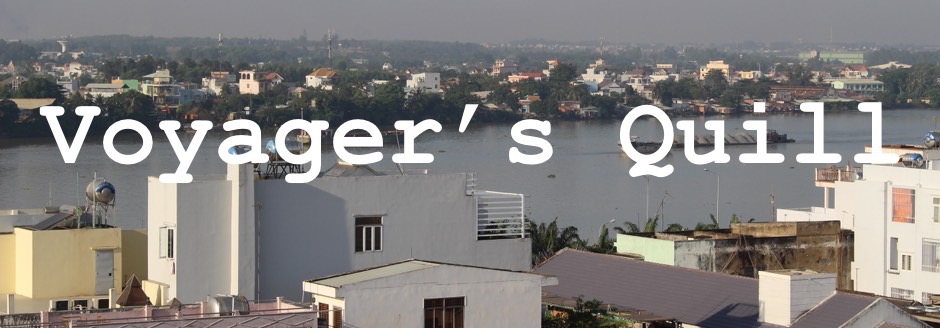
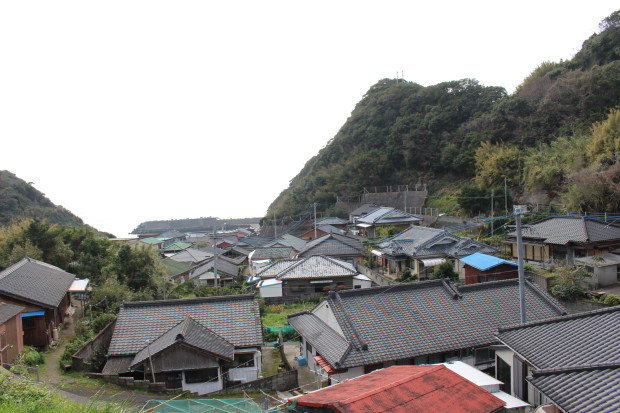
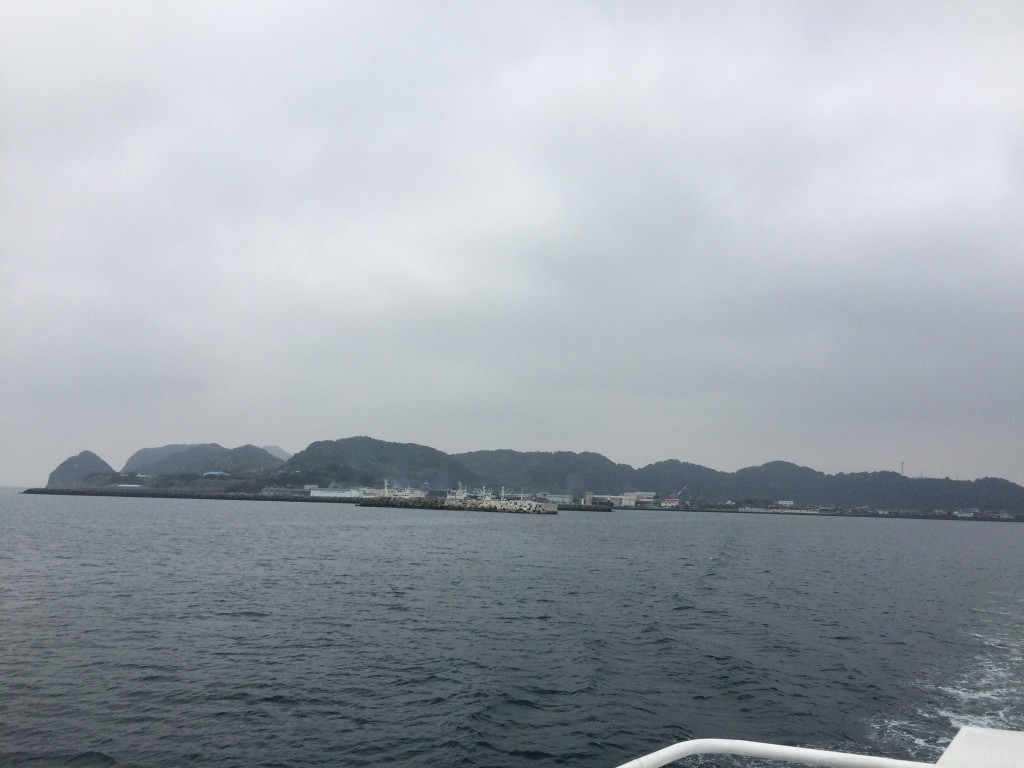
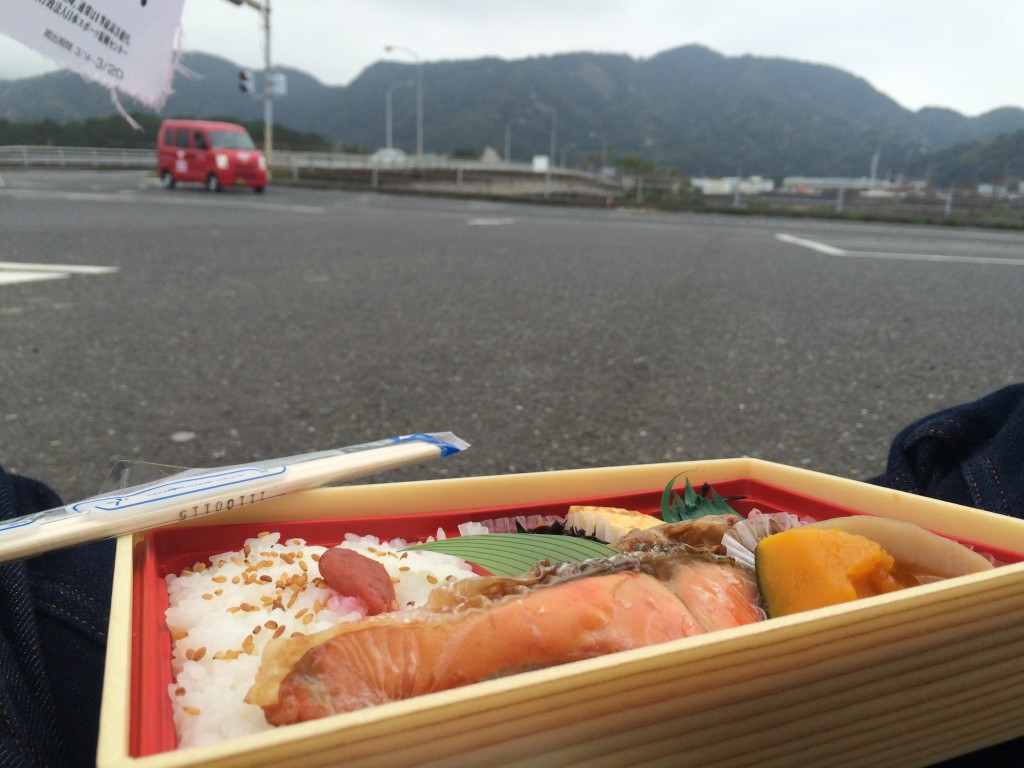
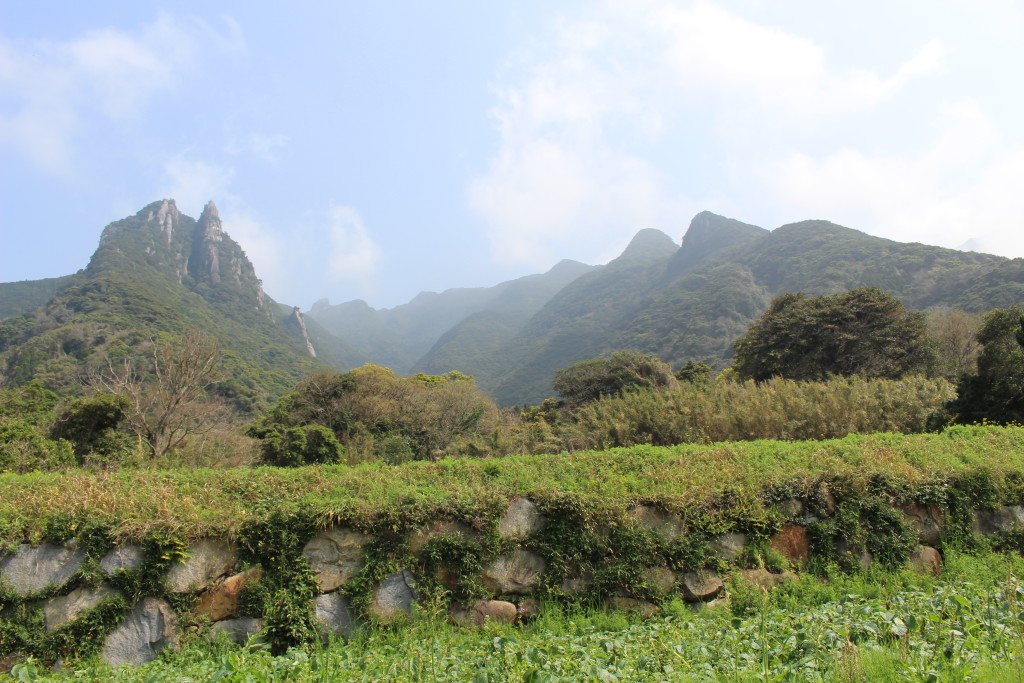
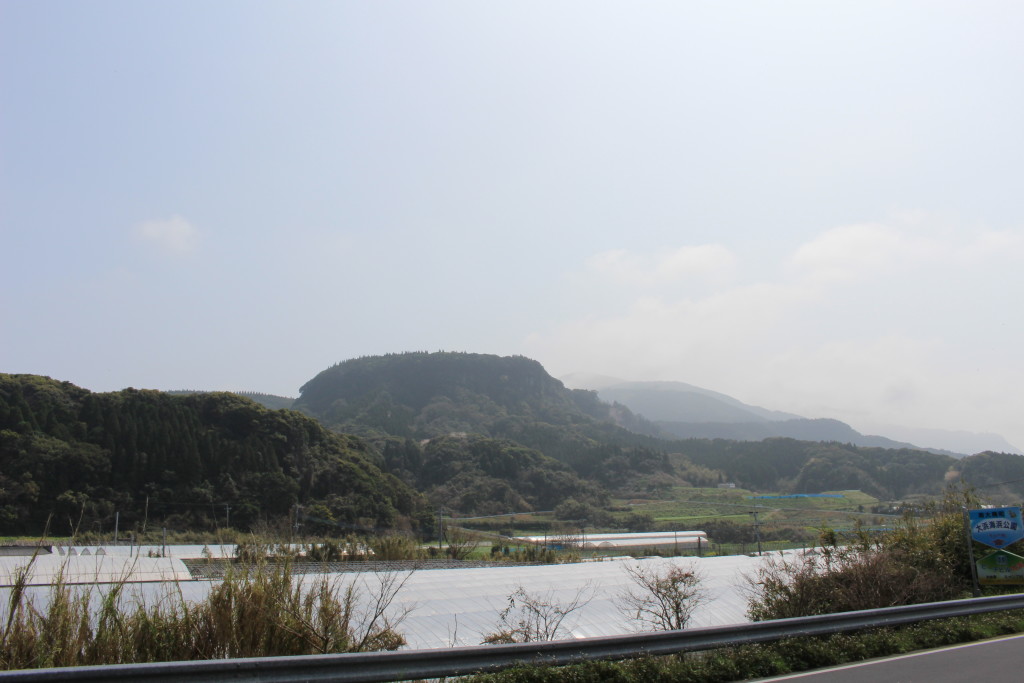
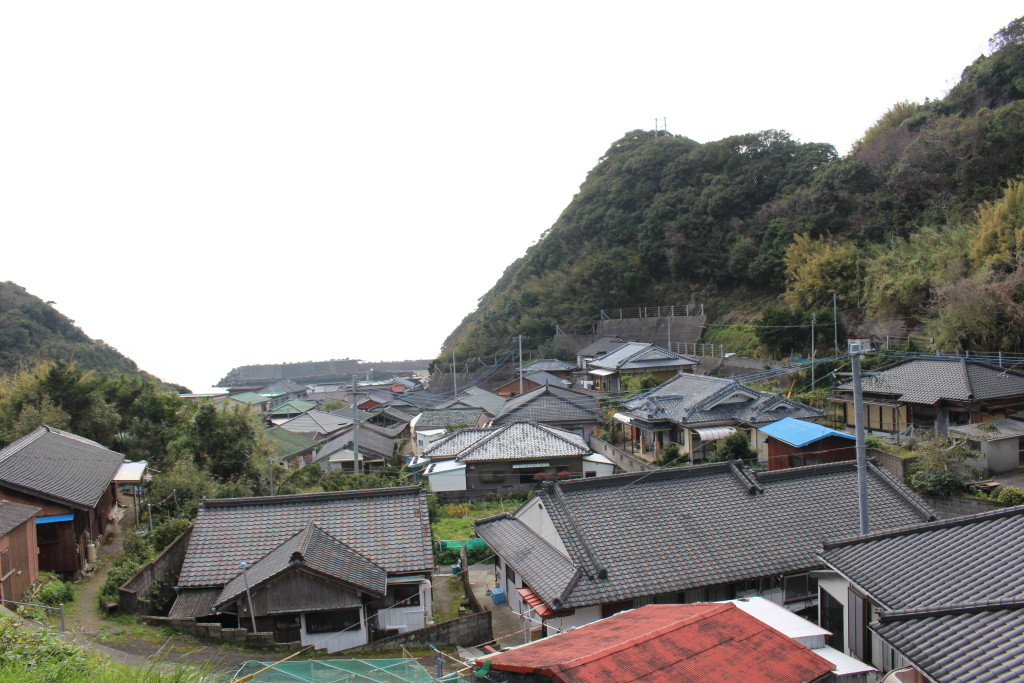
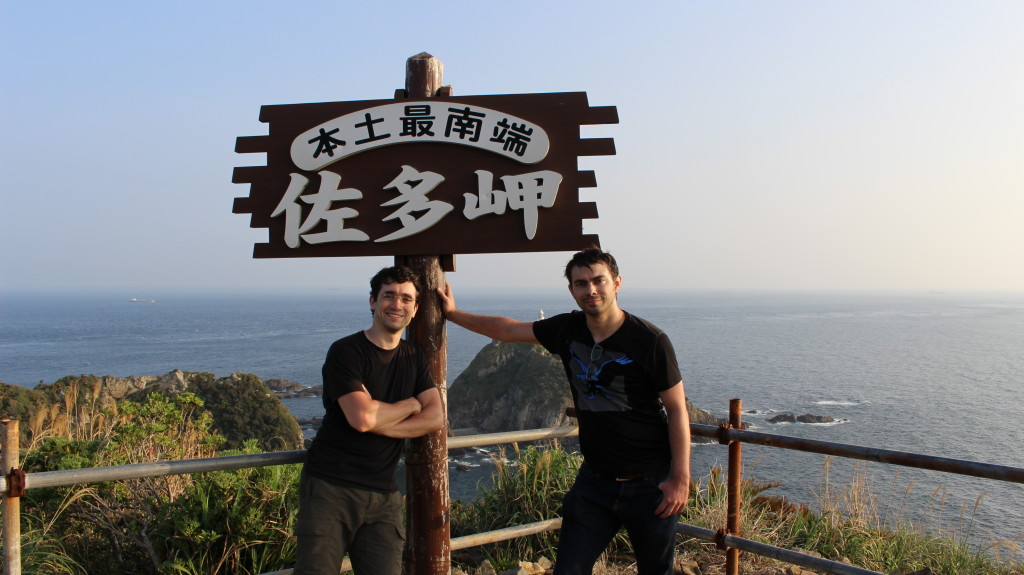

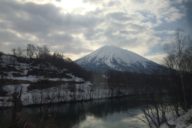
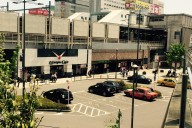
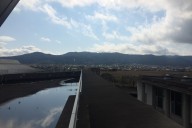

No Comments